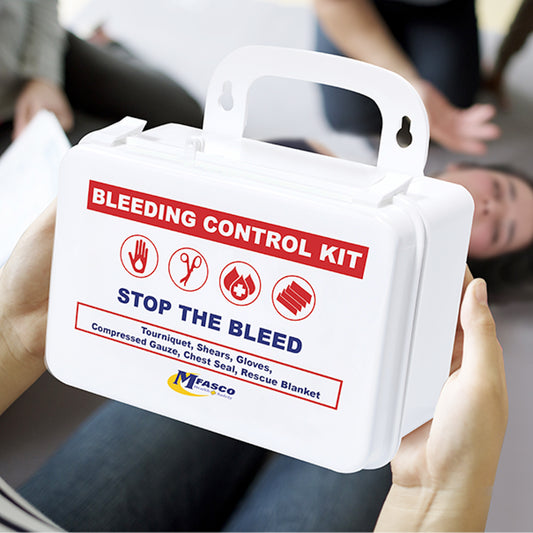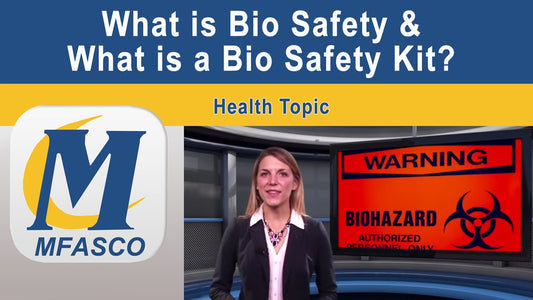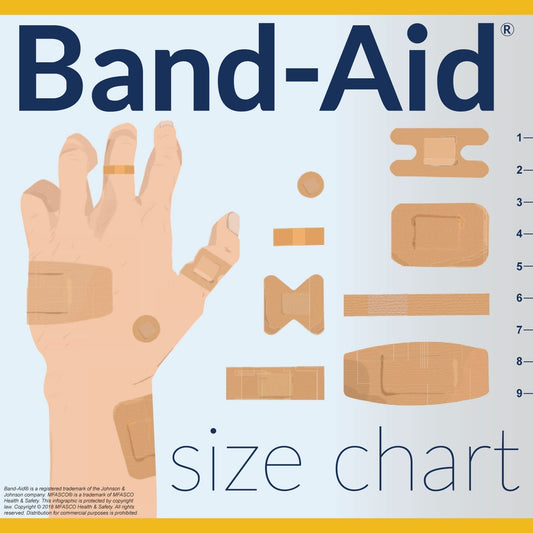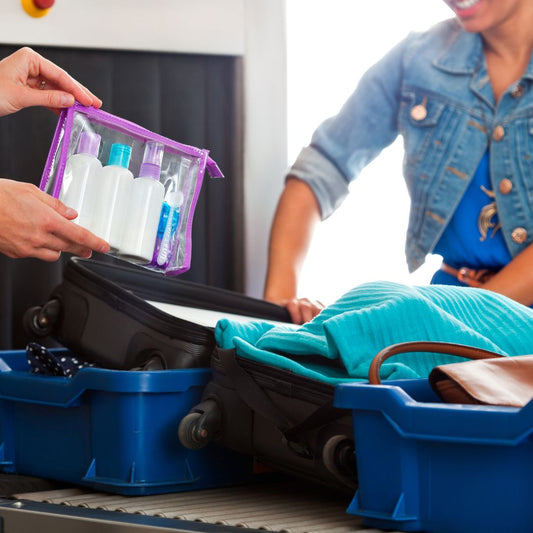Making Sure Your Company is Emergency Ready for Cold Weather

The winter months of frigid weather and excessive snowfall can add an extra element of danger to those who work outside on a regular basis. In such cases, not only is a standard first aid kit a necessity but also there is a need for emergency response gear to address issues such as frostbite, hypothermia, and trench foot. Being prepared for such situations is imperative, and employers should be sure to stock emergency blankets, body warmers, rain ponchos, waterproof matches, and other supplies in case any of their workers become endangered by the cold. Ensuring that your first aid kits are properly stocked and up-to-date can make all the difference when working under freezing conditions.
Emergency car kits
Whether your company has a single car for employee usage or an entire fleet, it's important to make sure each one has a winter emergency kit that can easily be stored in the trunk or glove compartment. A car kit is particularly beneficial during the cold season because vehicles are more prone to getting stuck in the snow, slipping on ice, or experiencing a dead battery. In these situations, your employees may need to keep warm for an extended period of time without being able to start the vehicle, and having emergency blankets, non-perishable foods, and a working flashlight will help make it possible to wait out the cold until help arrives.
In fact, according to the National Oceanic and Atmospheric Association, every vehicle should have a winter survival kit that includes the following items:
- First aid kit
- Flashlight with extra batteries
- Sleeping bag and blankets
- Knife
- Non-perishable, calorie-rich food
- Extra dry clothing
- A road map and compass
- Receptacle for water
- Jumper cables
- Windshield brush and scraper
- Basic tool kit
- Cat litter or sand for traction in snow
- A tow rope
- Waterproof matches and candles
- Paper towels and tissues
Even if you have purchased these items in the past, make sure to double-check your survival kits at least once every three months to ensure nothing is expired or running low. After all, if one of your workers finds themselves in an emergency and the survival kit is missing supplies, it will do little good.
"The CDC recommends carrying extra cold weather gear such as dry socks, hats, gloves, blankets, and a thermos of hot liquid."
Watching for signs of danger
When you and your colleagues have to work in cold and wet conditions, make sure that everyone is dressed properly and prepared in case of an emergency. The U.S. Centers for Disease Control and Prevention recommends carrying extra cold weather gear such as dry socks, hats, gloves, blankets, and a thermos of hot liquid, as well as a thermometer and chemical hot packs in your first aid kit.
It is both the employer's and worker's responsibility to monitor coworkers for signs of cold stress. The CDC lists signs of numerous cold stress conditions and provides recommended first aid actions for each one. If you see a worker or colleague experiencing symptoms of hypothermia, frostbite, trench foot, or chilblains, immediately address the issue. All in all, it's important to make sure that your business has the proper first aid and emergency supplies on hand to help keep your employees safe no matter what the conditions.
Cold Weather Ready Products & Accessories
MFASCO's Make a Kit Tool
Tylenol Cold & Flu Severe 50 x 2
First Aid Kit Marine Safety & Survival
Additional Resources for Cold Weather First Aid Kits & Supplies
Top 8 First Aid Kit Types
What is in a First Aid Kit?
HR Needs To Prepare for the Flu
Contributing Expert

Mike Brinker
Mike Brinker has been working in the first aid industry for over 35 years. He has worked with thousands of businesses,groups, and organizations to provide a healthy and safe work environment. Mike helped create “Make-A-Kit”, the internet's only online first aid kit creation tool. He has also authored many helpful first-aid and safety-related resource articles found at the MFASCO Learning Center.


















